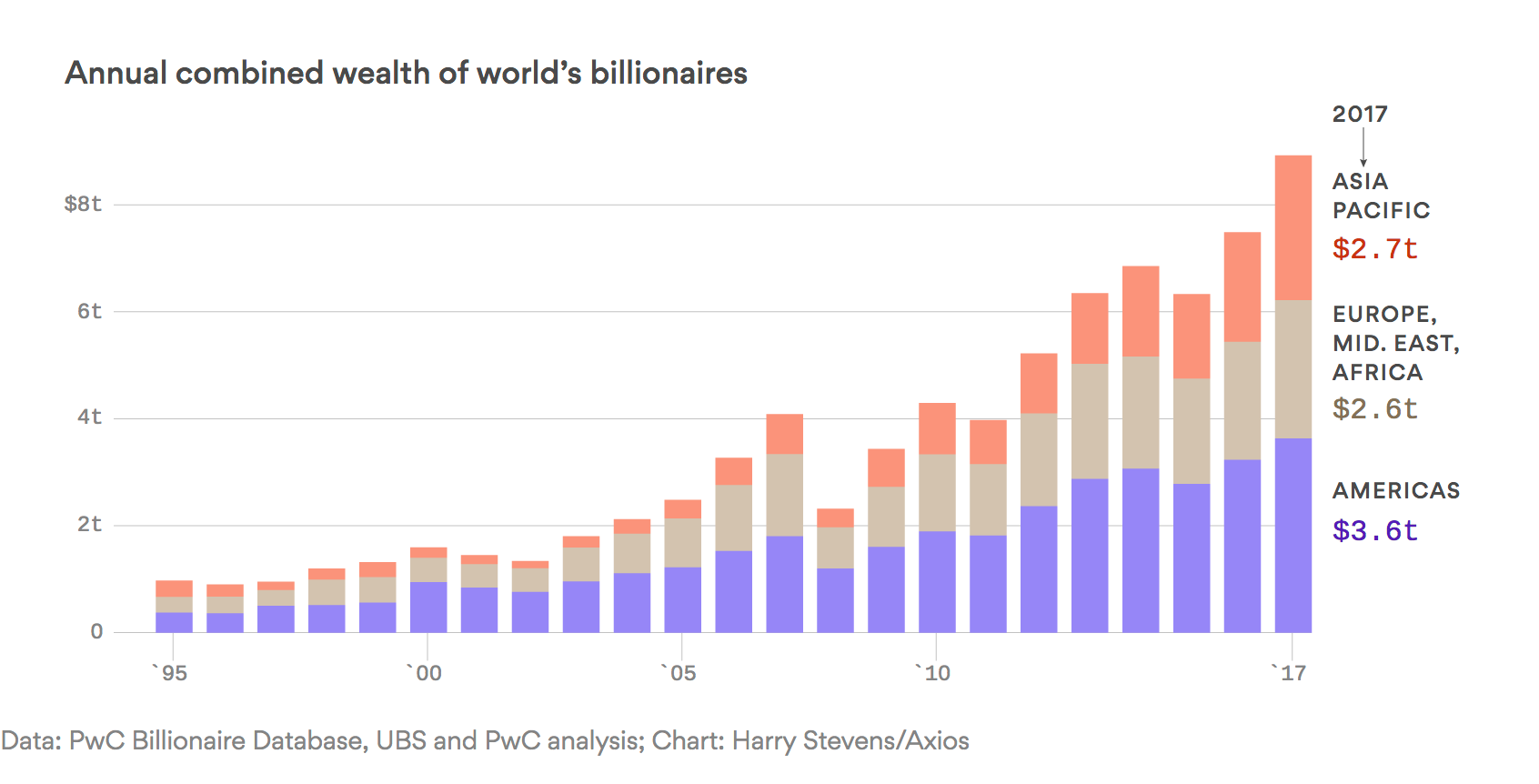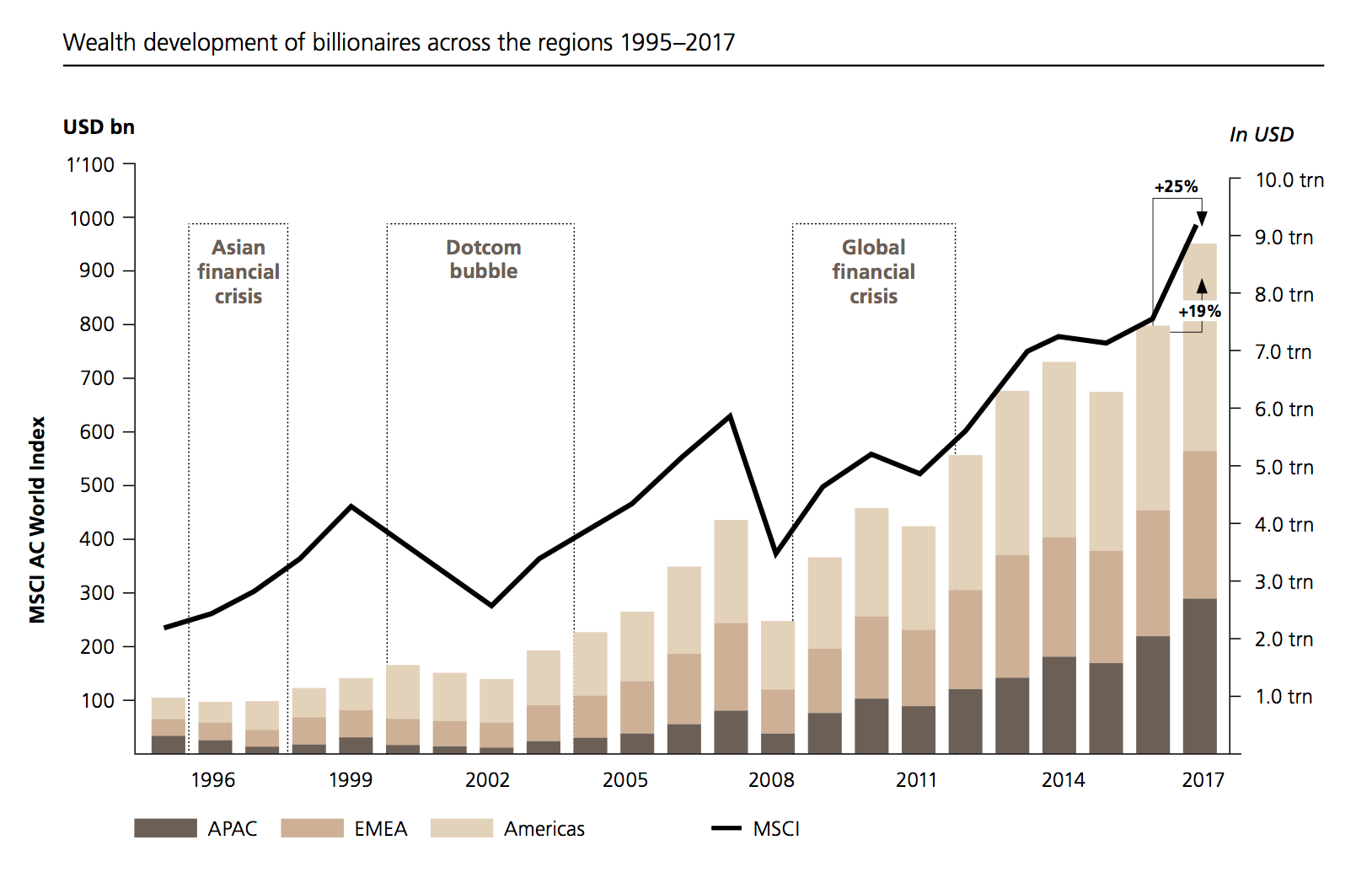Rugby Premiership Predictions for Round 9
Team Ratings for Round 9
The basic method is described on my Department home page.
Here are the team ratings prior to this week’s games, along with the ratings at the start of the season.
| Current Rating | Rating at Season Start | Difference | |
|---|---|---|---|
| Saracens | 12.17 | 11.19 | 1.00 |
| Exeter Chiefs | 12.00 | 11.13 | 0.90 |
| Wasps | 4.90 | 8.30 | -3.40 |
| Leicester Tigers | 3.70 | 6.26 | -2.60 |
| Gloucester Rugby | 3.35 | 1.23 | 2.10 |
| Northampton Saints | 3.06 | 3.42 | -0.40 |
| Harlequins | 1.77 | 2.05 | -0.30 |
| Bath Rugby | 1.34 | 3.11 | -1.80 |
| Sale Sharks | -0.30 | -0.81 | 0.50 |
| Worcester Warriors | -1.92 | -5.18 | 3.30 |
| Newcastle Falcons | -3.07 | -3.51 | 0.40 |
| Bristol | -5.43 | -5.60 | 0.20 |
Performance So Far
So far there have been 48 matches played, 38 of which were correctly predicted, a success rate of 79.2%.
Here are the predictions for last week’s games.
| Game | Date | Score | Prediction | Correct | |
|---|---|---|---|---|---|
| 1 | Newcastle Falcons vs. Bath Rugby | Nov 23 | 16 – 8 | 0.30 | TRUE |
| 2 | Worcester Warriors vs. Harlequins | Nov 23 | 20 – 13 | 0.70 | TRUE |
| 3 | Exeter Chiefs vs. Gloucester Rugby | Nov 24 | 23 – 6 | 13.50 | TRUE |
| 4 | Sale Sharks vs. Northampton Saints | Nov 24 | 18 – 13 | 1.50 | TRUE |
| 5 | Wasps vs. Bristol | Nov 24 | 32 – 28 | 17.10 | TRUE |
| 6 | Leicester Tigers vs. Saracens | Nov 25 | 22 – 27 | -2.50 | TRUE |
Predictions for Round 9
Here are the predictions for Round 9. The prediction is my estimated expected points difference with a positive margin being a win to the home team, and a negative margin a win to the away team.
| Game | Date | Winner | Prediction | |
|---|---|---|---|---|
| 1 | Harlequins vs. Exeter Chiefs | Nov 30 | Exeter Chiefs | -4.70 |
| 2 | Bristol vs. Leicester Tigers | Dec 01 | Leicester Tigers | -3.60 |
| 3 | Gloucester Rugby vs. Worcester Warriors | Dec 01 | Gloucester Rugby | 10.80 |
| 4 | Northampton Saints vs. Newcastle Falcons | Dec 01 | Northampton Saints | 11.60 |
| 5 | Saracens vs. Wasps | Dec 01 | Saracens | 12.80 |
| 6 | Bath Rugby vs. Sale Sharks | Dec 02 | Bath Rugby | 7.10 |

